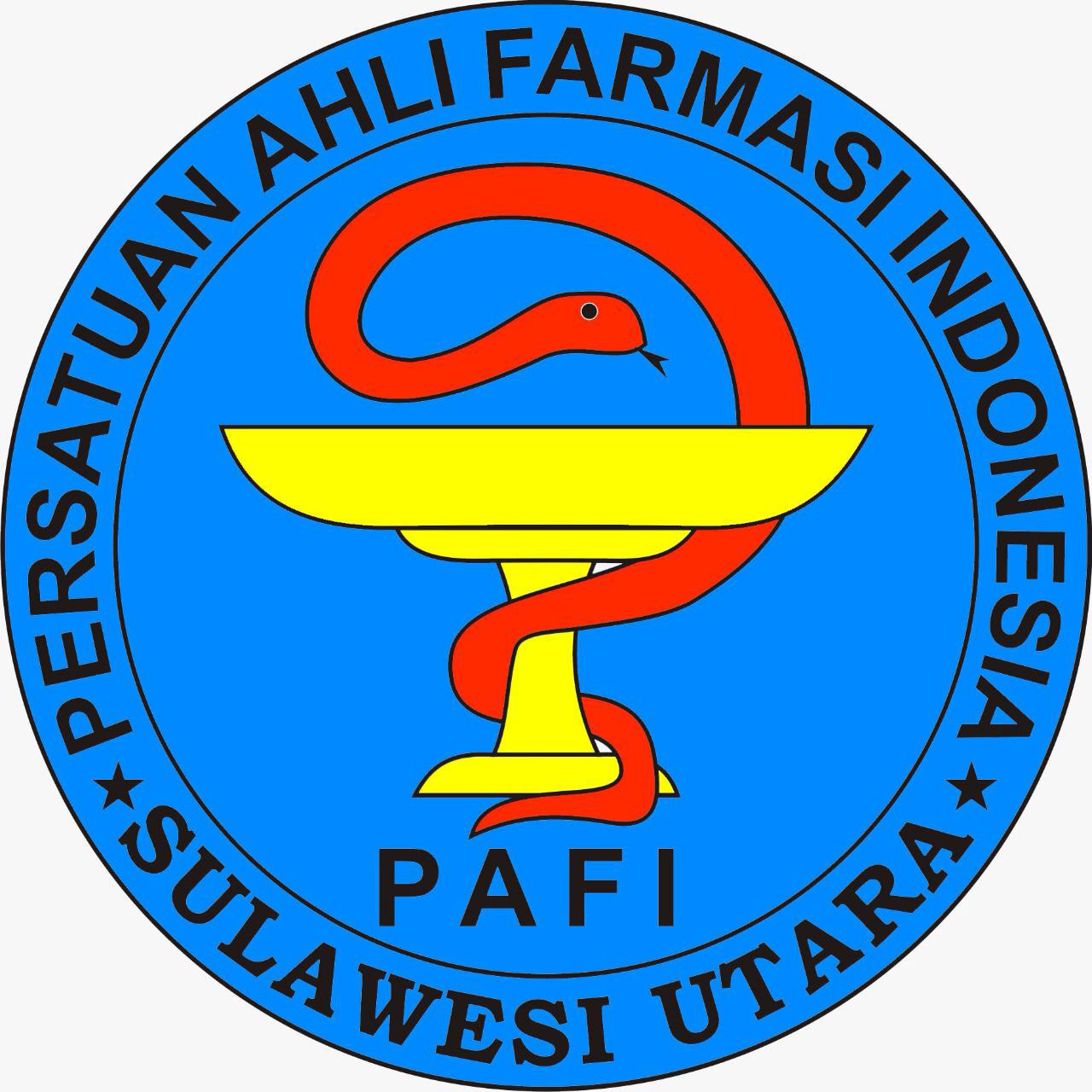SKRINING FITOKIMIA, UJI AKTIVITAS ANTIOKSIDAN, DAN TOKSISITAS DARI EKSTRAK DAUN KERSEN (Muntingia calabura L.) DENGAN METODE 1.1-diphenyl-2-picrylhydrazyl (DPPH) dan Brine Shrimp Lethality Test (BSLT)
Abstract
ABSTRACT
Kersen (Muntingia calabura L.) is a plant that has begun to be eliminated and was rarely used because it is often considered to have no economic value and lack of knowledge about its utilization, whereas kersen plants contain flavonoids, saponins, and tannins which were have high benefit for health. The content of metabolites is affected by soil nutrient elements and difference place of growth. This study aims to determine the potential of kersen leaves grown in North Minahasa based on phytochemical content, ability of antioxidant activity, and toxicity. Kersen leaves were extracted using sequential maceration method with n-hexane, ethyl acetate, and ethanol as solvents. Phytochemical Screening using several reagents which tailored to the type of phytochemical test. 1.1-diphenyl-2-picrylhydrazyl (DPPH) method is used to evaluate antioxidant activity, and Brine Shrimp Lethality Test (BSLT) method is used to evaluate toxicity. The result of this study indicate that the n-hexane extract contains phenols, flavonoids, and tannins, with IC50 value 12.54 μg/mL, and LC50 value 881 μg/mL. Ethyl acetate extract contains phenols, flavonoids, tannins, and saponins, with IC50 value 61.3 μg/mL, and LC50 value 1758 μg/mL. Ethanol extract has phenol, flavonoid, tannin, saponin, and terpenoid content, with IC50 value 9.01 μg/mL, and LC50 value 106 μg/mL.
Keywords : Kersen leaves, Antioxidant, Toxicity, IC50, LC50
ABSTRAK
Kersen (Muntingia calabura L.) merupakan tanaman yang sudah mulai tersingkirkan dan jarang dimanfaatkan karena sering dianggap tidak punya nilai ekonomis dan kurangnya pengetahuan tentang pemanfaatannya, padahal tanaman kersen memiliki kandungan flavonoid, saponin, dan tanin yang bermanfaat tinggi untuk kesehatan. Kandungan senyawa metabolit dipengaruhi oleh unsur hara tanah dan perbedaan tempat tumbuh. Penelitian ini bertujuan untuk mengetahui potensi dari daun kersen yang tumbuh di Minahasa Utara berdasarkan kandungan fitokimia, kemampuan aktivitas antioksidan, dan toksisitasnya. Ekstrak daun kersen diekstraksi dengan metode maserasi sekuensial menggunakan pelarut n-heksan, etil asetat, dan etanol. Skrining fitokimia menggunakan beberapa reagen yang disesuaikan dengan jenis uji fitokimia. Metode 1.1-diphenyl-2-picrylhydrazyl (DPPH) digunakan untuk mengevaluasi aktivitas antioksidan, dan metode Brine Shrimp Lethality Test (BSLT) digunakan untuk mengevaluasi toksisitas. Hasil penelitian ini menunjukkan bahwa ekstrak n-heksan memiliki kandungan fenol, flavonoid, dan tanin, nilai IC50 12,54 μg/mL, dan nilai LC50 881 μg/mL. Ekstrak etil asetat memiliki kandungan fenol, flavonoid, tanin, dan saponin, nilai IC50 61,3 μg/mL, dan nilai LC50 1758 μg/mL. Ekstrak etanol memiliki kandungan fenol, flavonoid, tanin, saponin, dan terpenoid, nilai IC50 9,01 μg/mL, dan nilai LC50 106 μg/mL.
Kata kunci : Daun Kersen, Antioksidan, Toksisitas, IC50, LC50
Full Text:
PDFDOI: https://doi.org/10.35799/pha.8.2019.29297
Refbacks
- There are currently no refbacks.
Copyright (c) 2020 PHARMACON

This work is licensed under a Creative Commons Attribution-NonCommercial 4.0 International License.
 | Publisher : |  | Cooperation With : |

This work is licensed under a Creative Commons Attribution-NonCommercial 4.0 International License.








